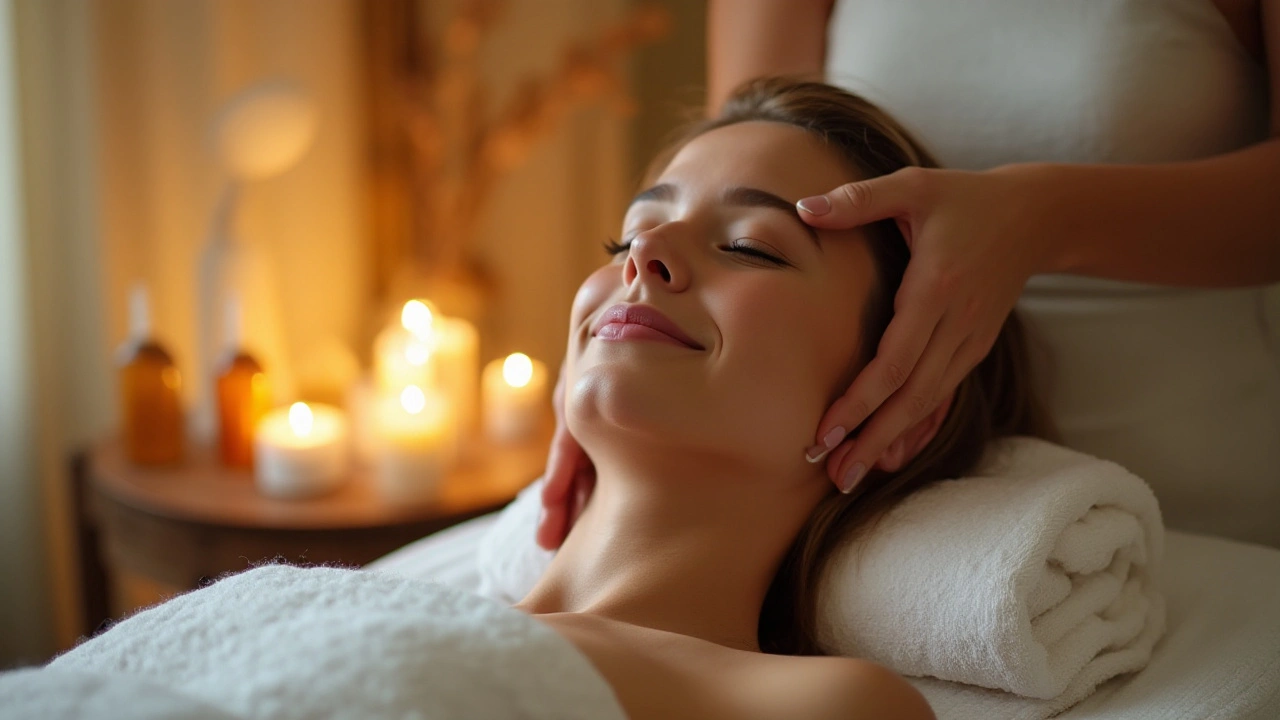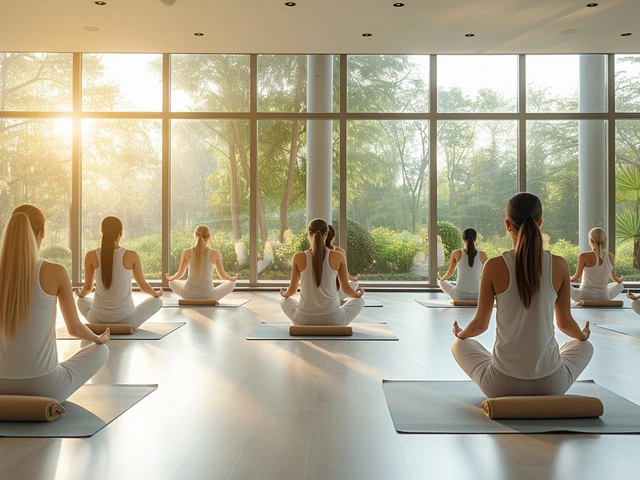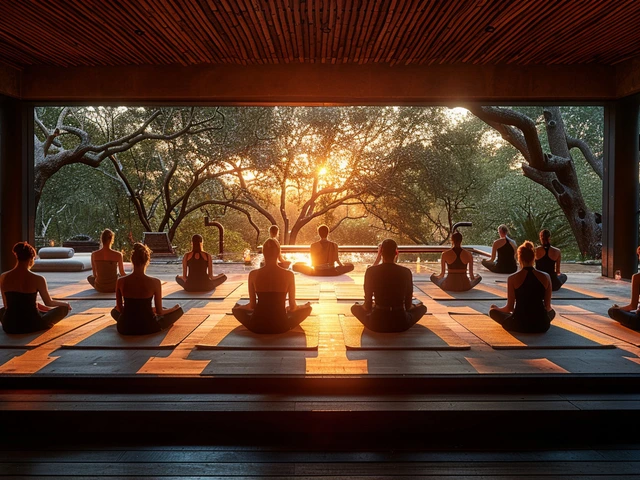Indian Head Massage: What It Is and How It Helps
Indian head massage (also called champi) is a focused, hands-on treatment for the scalp, neck, shoulders, and upper back. Rooted in Ayurveda, it aims to ease muscle tension, boost circulation to the scalp, and leave you calm and alert. You don’t need spa-level experience to notice the benefits—many people feel lighter and less tense after one session.
What to expect in a session
A typical session lasts 20–45 minutes and you usually stay fully clothed while sitting. The therapist uses palms, fingers, thumbs, knuckles and sometimes the forearm to apply stroking, kneading, and circular movements. Light oil is optional—if the therapist uses oil, they’ll typically warm it first and focus on the hairline, temples, and the base of the skull.
Sessions tend to follow a pattern: warm-up on the shoulders and neck, deeper work on tight spots, then gentle scalping and finishing strokes. Expect some pressure changes—tell the therapist if anything feels too strong. If you have long hair, they may work through it rather than moving it out of the way, so wear comfortable clothes and remove any fragile jewelry.
Try this 5-minute self-massage
Want a quick fix at home? Try this simple routine: sit upright with relaxed shoulders. Rub a few drops of warm oil (coconut or sesame work well) between your palms. Start at the base of the skull and use slow circular motions with your fingertips for 30–60 seconds. Move up to the temples and press gently with your index and middle fingers in small circles for 20–30 seconds. Place your fingertips on the crown and make clockwise circles for 30 seconds, then finish with light sweeping strokes from the forehead back to the neck to release tightness.
Do this once or twice a day for better sleep or after long screen sessions. If you prefer no oil, use dry fingertips—pressure and rhythm matter more than polish.
Who should avoid or modify the massage? Skip intensive work if you have recent head injury, inflamed skin, bleeding disorders, or severe uncontrolled high blood pressure. Mention any medical conditions or medications before a session. If you feel dizzy, tell the therapist and slow things down.
Picking a therapist is easy if you know what to ask: how long they’ve trained in Indian head techniques, whether they use oils, and if they can tailor pressure for you. Prices and session length vary—short drop-in sessions cost less, while a full treatment with scalp oil will be pricier.
Indian head massage is a simple, low-risk way to reduce tension, support scalp health, and recharge quickly. Try a short session or the five-minute self-massage and notice whether your neck feels looser and your head clearer. If it helps, book a trained practitioner for a deeper session.

Discovering Champissage: Your Stress-Busting Massage Secret
Champissage, also known as Indian head massage, is a centuries-old practice designed to relieve tension, reduce stress, and promote relaxation. Originating from Indian traditions, this technique focuses on the head, neck, and shoulders to stimulate circulation and clear energy pathways. By incorporating Champissage into your routine, you can experience enhanced mental clarity and overall well-being. This article uncovers the history, benefits, and techniques of Champissage, offering insights into how this soothing therapy can be the perfect antidote to modern stress.
Categories
- Health and Wellness (148)
- Alternative Therapies (86)
- Massage Therapy (40)
- Travel and Culture (15)
- Beauty and Skincare (9)
- Holistic Health (8)
- Health and Fitness (5)
- Spirituality (5)
- Other (2)
- Personal Development (2)
Popular Articles

Acu-Yoga for Stress Relief: A Step-By-Step Guide
Nov, 6 2023


